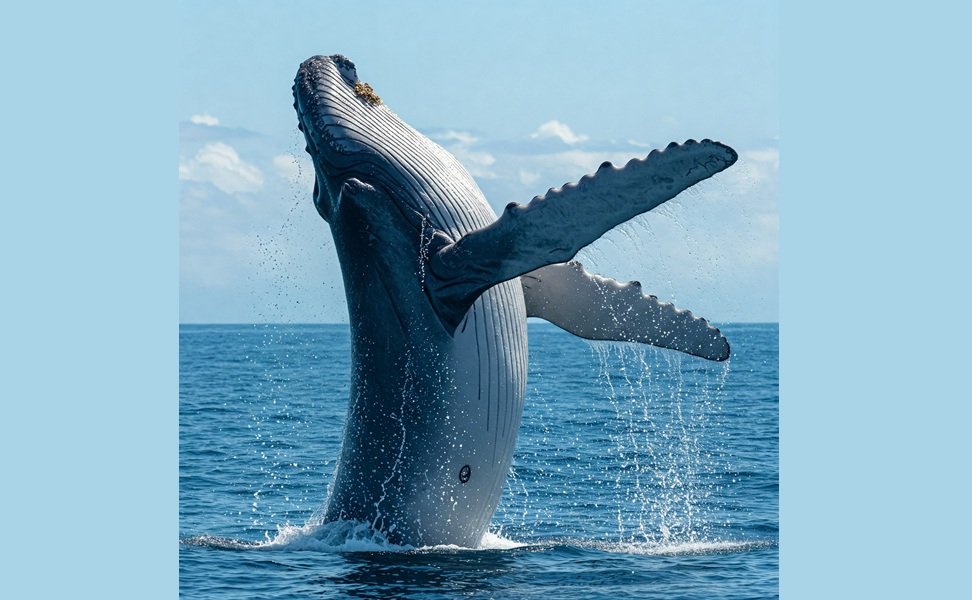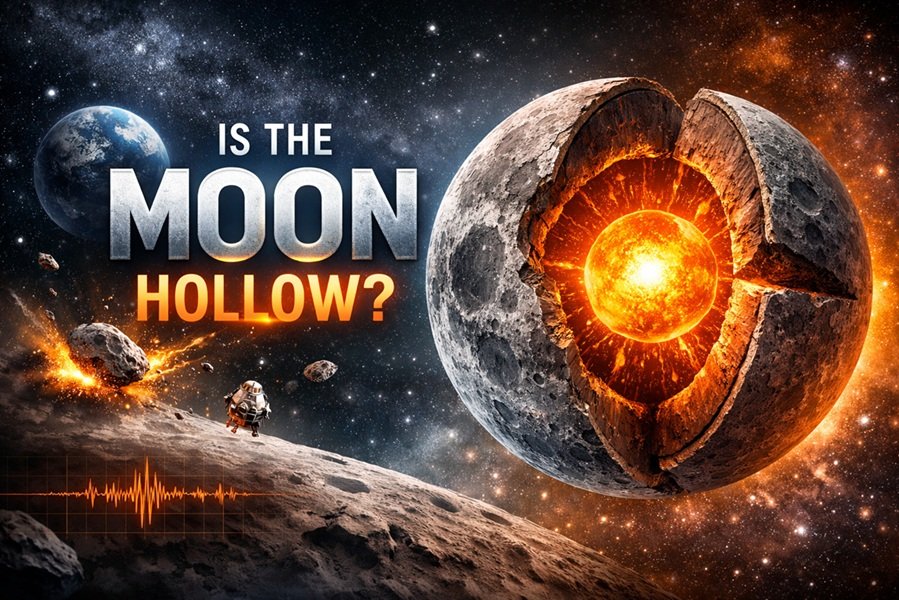
When you think of the largest animal to ever exist, your mind might jump to the towering dinosaurs or the massive mammoths of prehistoric times. But here’s the twist: the largest animal in Earth’s history is not extinct—it’s still alive today. That animal is the blue whale (Balaenoptera musculus), and it’s swimming in our oceans right now. This article dives into the record-breaking size of the blue whale, compares it with prehistoric giants, and explores what makes it the reigning heavyweight champion of the animal kingdom—dead or alive.
Meet the Blue Whale: Earth’s Largest Living Animal
Quick Facts:
- Scientific Name: Balaenoptera musculus
- Length: Up to 100 feet (30 meters)
- Weight: Up to 200 tons (180,000 kg)
- Heart Size: As big as a small car
- Tongue Weight: Around 2.7 tons
- Diet: Mainly krill—up to 4 tons per day
Blue whales are not only the largest animals alive today, but they are also the largest animals to have ever lived—period. That includes all known dinosaurs and marine reptiles.
How Do Blue Whales Compare to Prehistoric Giants?
1. 🦖 Argentinosaurus (Titanosaur Dinosaur)
- Length: ~100 feet (estimated)
- Weight: ~70–100 tons
- Status: Extinct
2. 🐊 Shonisaurus (Marine Reptile, Ichthyosaur)
- Length: Up to 70 feet
- Weight: ~30 tons
- Status: Extinct
3. 🐘 Mammoths & Mastodons
- Height: Up to 13 feet
- Weight: ~10 tons
- Status: Extinct
Even the largest land dinosaur, Argentinosaurus, doesn’t match the sheer mass of the blue whale. Land animals are limited by gravity—whereas marine animals like whales can grow bigger due to the buoyancy of water.
Why Are Blue Whales So Big?
Evolutionary Advantage:
- Living in water allows for greater body mass without collapsing under one’s own weight.
- Their massive size deters predators like orcas and sharks.
- A large body stores more blubber, helping them survive long migrations and cold waters.
Feeding Efficiency:
- Blue whales use baleen plates to filter thousands of krill in one mouthful.
- Their energy intake supports massive body growth.
Are There Larger Animals We Haven’t Discovered?
It’s possible that some deep-sea creatures or undiscovered prehistoric fossils could rival the blue whale in size, but so far:
- No credible fossil evidence suggests anything larger than 200 tons.
- The largest prehistoric sea creature ever found (Shastasaurus) was massive—but not heavier than the blue whale.
Conservation Status: Is the Blue Whale Endangered?
Yes. Despite being the largest animal on Earth, blue whales are listed as endangered by the IUCN.
Threats:
- Ship strikes
- Noise pollution
- Climate change
- Plastic pollution
- Commercial whaling (historically devastating)
From a population of around 350,000 in the early 1900s, commercial whaling brought their numbers down by 90%. Today, it’s estimated that only 10,000 to 25,000 blue whales remain globally.
Fascinating Blue Whale Facts
- A baby blue whale is the size of an elephant at birth—and drinks up to 150 gallons of milk per day.
- Their vocalizations are among the loudest sounds made by any animal, even traveling hundreds of miles underwater.
- A blue whale’s heartbeat can be heard from over 2 miles away.
Explore:
- Do sharks have bones?
- Which Planet Can Float on Water?
- What’s the Biggest Organ in the Human Body?
- Do Fingers Have Muscles?
- Which Country Has the Most Pyramids? Explore Pyramid Capital of the World
Conclusion: The Largest Animal in History Is Alive—and Needs Protection
Despite all the legendary creatures that once roamed Earth, the blue whale holds the crown as the largest creature to have ever existed—and it’s still alive today. That’s not just an evolutionary marvel; it’s a reminder of the incredible biodiversity our planet holds.
But being the biggest doesn’t guarantee safety. These gentle giants are endangered and rely on global conservation efforts to survive. As custodians of the Earth, it’s our responsibility to ensure they don’t join the ranks of extinct megafauna.





